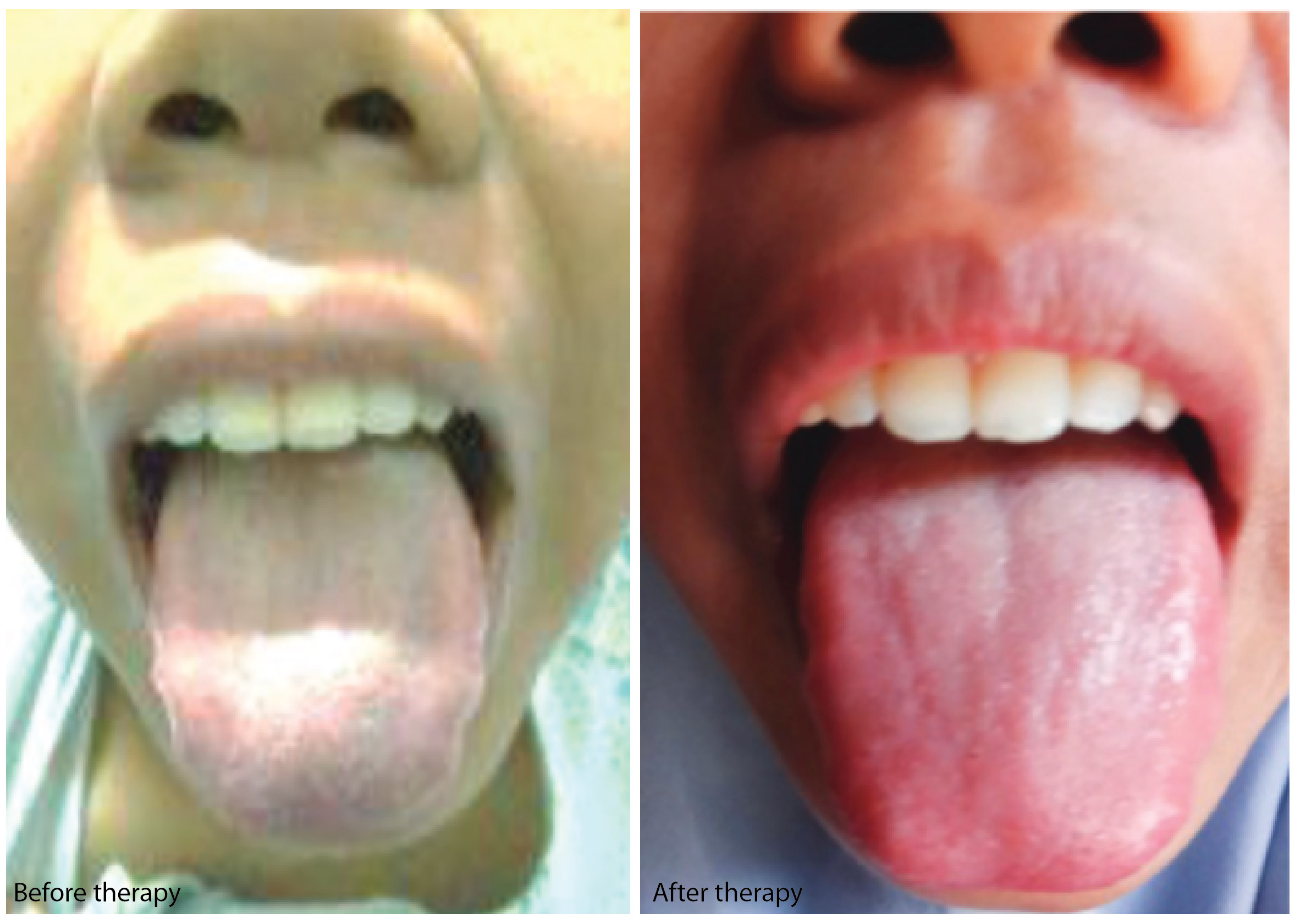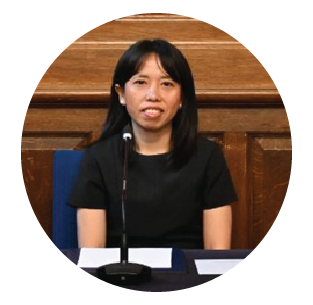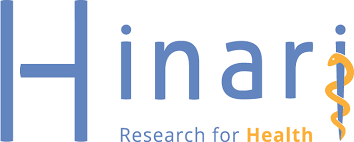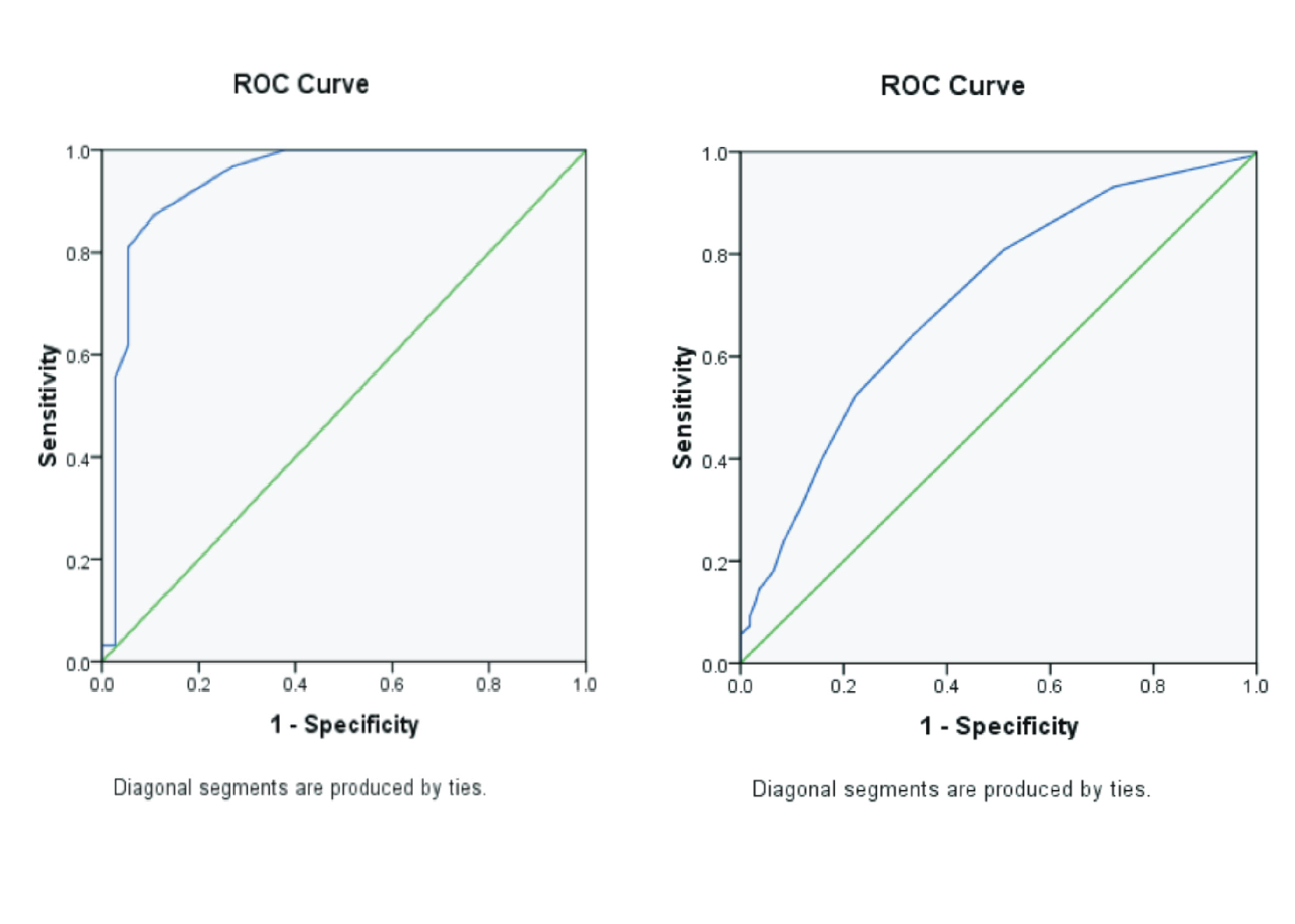ALLERGIC RHINITICAL THERAPY WITH ACUPUNCTURE, LEGUNDI AND TEMULAWAK HERBS

Downloads
Background: Allergic rhinitis is an inflammatory disease of the nasal mucosa mediated by IgE (immunoglobulin E) with the main mediator histamine. Rhinitis in the science of Traditional Chinese Medicine (TCM) is called Bi Yuan (influenza) and Bi Zhi (nasal congestion). Cases of allergic rhinitis experienced by patients are complaints of repeated sneezing up to 10 times in the morning with rhinorrhea (runny nose). Patients classified as allergic rhinitis with differentiation of hot moist syndrome with splenic deficiency. Purpose: To prove the effect of acupuncture combination therapy on Yintang point (EXHN 3), Yinxiang (LI 20), Zusanli (ST 36), Taibai (SP 3) with herbal legundi (Vitex trifolia) and temulawak (Curcuma xanthorrhiza) in patients with allergic rhinitis. Method: Handling allergic rhinitis with acupuncture and herbal therapy methods. Acupuncture therapy was carried out at Yintang point (EXHN 3), Yinxiang (LI 20), Zusanli (ST 36), Taibai (SP 3) with the principle of eliminating hot humidification and toning of the spleen. In herbal therapy, patients are given herbal legundi (Vitex trifolia) and ginger (Curcuma xanthorrhiza). Result: The active compounds viteosin-A, viteksikarpin, and vitetrifolin-E which can inhibit releasing histamine and curcumin as anti-inflammatory have an effect on sneezing in allergic rhinitis. In handling allergic rhinitis, acupuncture therapy given 12 times, once every two days. Herbal therapy given for 14 times, taken every 2 days interval, 3 times a day with a dose of 5.2 grams of legundi and 4.2 grams of ginger. This therapy overcome the symptoms of sneezing and rhinorrhea in allergic rhinitis. Conclusion: Acupuncture and herbal therapy can be used to overcome sneezing and rhinorrhea in allergic rhinitis.
Badan Pengawasan Obat dan Makanan. 2008. Acuan Sediaan Herbal Volume Keempat Edisi Pertama. Jakarta: Badan POM Republik Indonesia. Pp. 42-44.
Baroroh, H.N., Ikawati, Z., Sudarman, K. 2011. A Safety Study of Extract Combination of Legundi (Vitex trifolia L.) Leaves and Temulawak (Curcuma xanthorrhiza R.) Rhizome as Anti-allergy in Healthy Volunteers. International Journal of Pharmacy Teaching Practices Vol. 2(4). Pp. 165-170.
Bousquet, J. 2011. Penatalaksanaan Rhinitis Alergi dan Dampaknya pada Asma. Dalam: Panduan Saku untuk Dokter dan Perawat. UCB Pharma.
Hauswald, B., Dill, C., Boxberger, J., Kuhlisch, E., Zahnert, T., Yarin, Y.M. 2014. The Effectiveness of Acupuncture Compared to Loratadine in Patients Allergic to House Dust Mites. Journal of Allergy Vol. 2014(5). Pp. 1-7.
Hikmah, N., Dewanti, I.D.A.R. 2010. Seputar Reaksi Hipersensitivitas Alergi Stomatognatic. Jurnal Kedokteran Gigi Unej Vol. 7(2). Pp. 108-112.
Irawati N, Kasakeyan, E., Rusmono, N. 2007. Rinitis Alergi. Dalam Yahya Kholid. 2013. Prevalensi Dan Faktor Risiko Kejadian Rinitis Alergi Pada Usia 13-14 Tahun Di Ciputat Timur Dengan Menggunakan Kuesioner International Study Of Asthma And Allergy In Childhood (Isaac) Tahun 2013. Skripsi. Program Studi Pendidikan Dokter. Universitas Islam Negeri Syarif Hidayatullah. Jakarta. Pp. 12-13.
Irawati, N., Kasakeyan, E., Rusmono, N. 2007. Rhinitis Alergi. Dalam Rafi Muhammad, Adnan Asmawati, Masdar Huriatul. 2008. Gambaran Rinitis Alergi Pada Mahasiswa Fakultas Kedokteran Universitas Riau Angkatan 2013-2014. Jurnal Online Mahasiswa Fakultas Kedokteran Vol. 2(2). Pp. 1-11.
Jie, S.K. 1997. Dasar Teori Ilmu Akupuntur. Jakarta: Gramedia.
Jie, S.K. 2010. Ilmu titik akupuntur. Singapore: TCM Publication. Pp. 29-190.
Kasakeyan, E., dan Rusmono, N. 2003. Alergi Hidung. Dalam Siham, 2015. Akupunktur pada titik Hegu (LI4), Yintang penanganan rhinitis alergi dengan terapi akupunktur pada titik Hegu (LI 4), Yintang (Ex HN3), Yinxiang (LI20) dan terapi herbal ginkgo (Gingko biloba) dan Meniran (Phyllanthus niruri Val). Tugas Akhir. Program Studi D3-Pengobat Tradisional Universitas Airlangga. Surabaya. Pp. 12.
Kementerian Kesehatan Republik Indonesia. 2012. Vademekum Tanaman Obat untuk Saintifikasi Jamu Jilid 1 (Ed Revisi). Kementerian Kesehatan RI, Jakarta.
Kementerian Kesehatan Republik Indonesia. 2008. Vademekum Tanama Obat Jilid I. pp. 60-65
Maciocia, G. 2005. The foundations of Chinese medicine: a comprehensive text for acupuncturists and herbalists. Dalam Zhang Shuiqing. 2011. Ear acupresure for allergic rhinitis. Tesis. School of Health Sciences RMIT University. Pp. 75-76.
Mahdi, D.H. 1993. Penatalaksanaan Penyakit Alergi. Surabaya: Airlangga University Press. Pp. 1-47.
Rafi, M., Adnan, A., Masdar, H. 2015. Gambaran Rinitis Alergi Pada Mahasiswa Fakultas Kedokteran Universitas Riau Angkatan 2013-2011. Jurnal Online Mahasiswa Fakultas Kedokteran Vol. 2(2). Pp. 1-11.
Rusmono, N. 2003. Rinitis Alergi. Dalam Soepardi, E.A., Hadjat, F., Iskandar, N (Eds) Penatalaksanaan Penyakit dan Kelainan Telinga Hidung Tenggorok. Jakarta: Fakultas Kedokteran Universitas Indonesia. Pp. 122.
Yanfu, Z. 2000. Science of Chinese Materia Medica. Beijing: Shanghai College of Traditional Chinese Medicine.
Yin, G., Liu, Z. 2000. Advanced Modern Chinese Acupuncture Therapy. Beijing: New World Press. Pp. 57-504.
Copyright (c) 2019 Journal Of Vocational Health Studies

This work is licensed under a Creative Commons Attribution-NonCommercial-ShareAlike 4.0 International License.
- The authors agree to transfer the transfer copyright of the article to the Journal of Vocational Health Studies (JVHS) effective if and when the paper is accepted for publication.
- Legal formal aspect of journal publication accessibility refers to Creative Commons Attribution-NonCommercial-ShareAlike (CC BY-NC-SA), implies that publication can be used for non-commercial purposes in its original form.
- Every publications (printed/electronic) are open access for educational purposes, research, and library. Other that the aims mentioned above, editorial board is not responsible for copyright violation.
Journal of Vocational Health Studies is licensed under a Creative Commons Attribution-NonCommercial-ShareAlike 4.0 International License














































